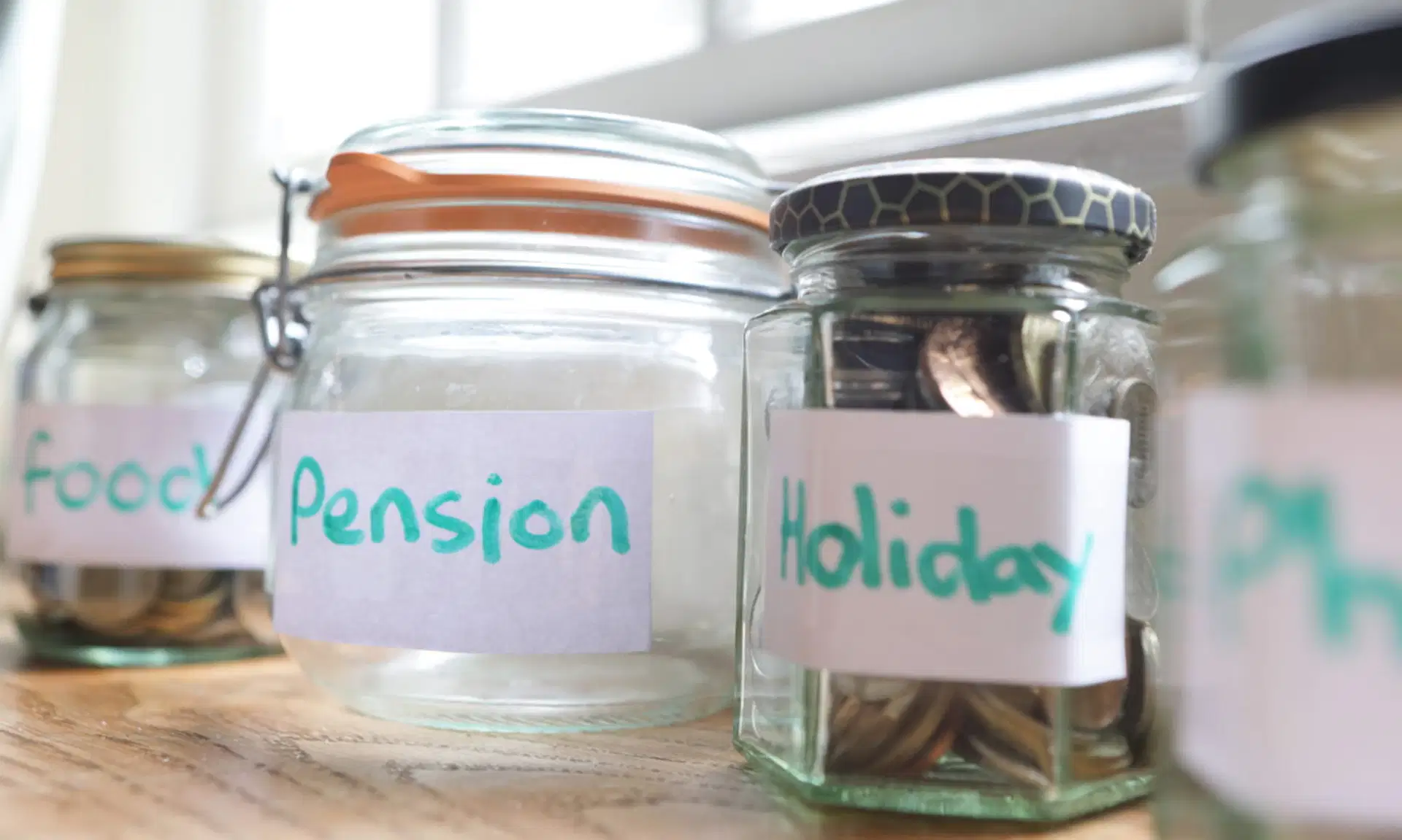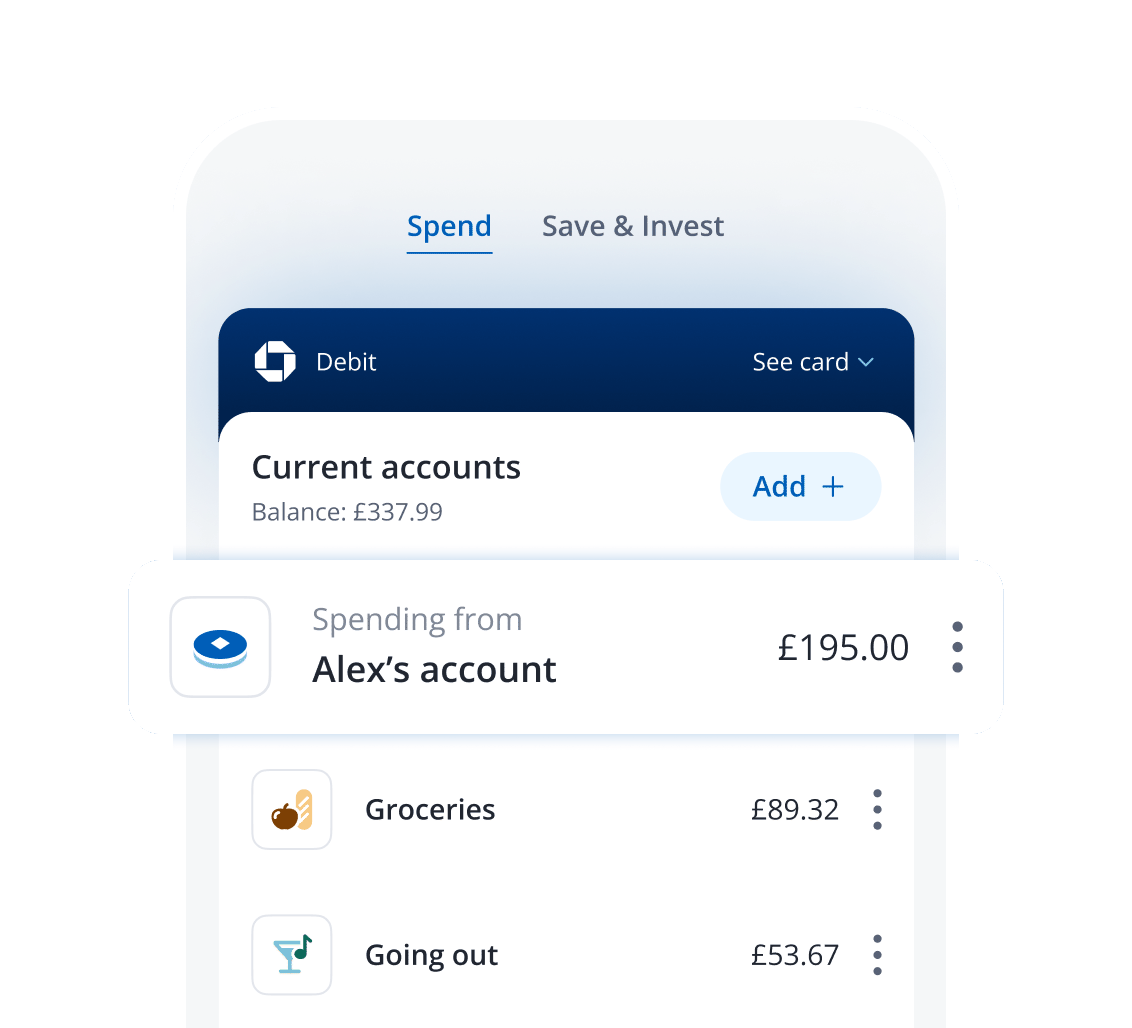How to be a jam jar saver
4 min | 19 February 2024


Do you find it difficult to organise your money? Do you find it hard to know where you are at each stage during the month? Do you fall into the trap of making an impulse purchase only to discover a large household bill is due? Here’s an idea – be a jam jar saver.
By following the jam jar method, you could set up savings accounts for different purposes. Take some time to draw up a budget to get a sense of what is coming in and understand where your money goes each month. Moneyhelper.com has a free budget planner.
Once you have an idea of how you're fixed, you're ready to go. To start with, you could set up standing orders and Direct Debits to pay your regular utility bills out of your salary, preferably within a day or two of getting paid.
Ways to structure your jam jar scheme:
- List your needs, including regular outgoings on utilities and credit cards or loans
- List and prioritise your wants, including going out, hobbies or holidays
- Consider where you can save money
Decide on your jam jars
Set up different savings accounts for each standing order you will transfer money into on the same day each month. It may be better to choose easy access savings accounts. You could earmark money for a special experience, event, long-term need or simply an item that you want. Examples could include:
- Emergency fund
- Boiler replacement
- New car
- Holidays
- Birthday and Christmas presents
Choose your containers – real jam jars, envelopes or separate bank accounts. If some containers are empty by the end of the month while others have exceeded their goal, you could reconsider the amount allocated to each. This method would enable you to know where you are at any point in the month with regard to how much there is in each ‘jar’. It would also give you a much better idea of the pattern of your spending.
Save your loose change
You could also have a real jam jar for your spare change, which can add up surprisingly quickly. Count it once a month, and deposit it into your emergency fund. Check for spare cash too, as there can be a surprising amount down the back of the sofa or in drawers around the house – including a 400-year-old Charles I gold coin found in a pile of loose change in Tunbridge Wells!
A method based in history
This method has its origins when workers were paid weekly in cash, and many housewives chose to use jars or tins to allocate the money to rent, food etc. At my first local reporter’s job, I was paid weekly in cash. For decades my sister-in-law used a filing box and a set of envelopes containing cash allocated for different purposes. Nowadays, however, it's probably a better idea to keep the money in a bank rather than as cash in your home.
Pay yourself first
If an amount has gone out of your account into your savings account – or one of your jam jars – at the start of the month, you're probably not going to miss it. It may mean you're less likely to make random impulse purchases. For example, during the January sales or other promotional marketing events, because the money left in your current account may be all you have available to you.
According to the book Nudge, by Cass Sunstein and Richard Thaler, 'early in their careers, Dustin Hoffmann and Gene Hackman were good friends who used to live on very little. When Hackman visited Hoffmann one day, Hoffman asked him for a loan. Hackman agreed, but he was then confounded by a row of jars filled with money, which were labelled ‘rent’, ‘utilities’ and so on, lined up on the counter. When Hackman asked why Hoffman needed a loan when he had so much ready cash available to him, Hoffman simply pointed to the empty jar labelled ‘food’.'
It turns out that a jam jar is not just a jam jar but a door into the psychology of saving.






